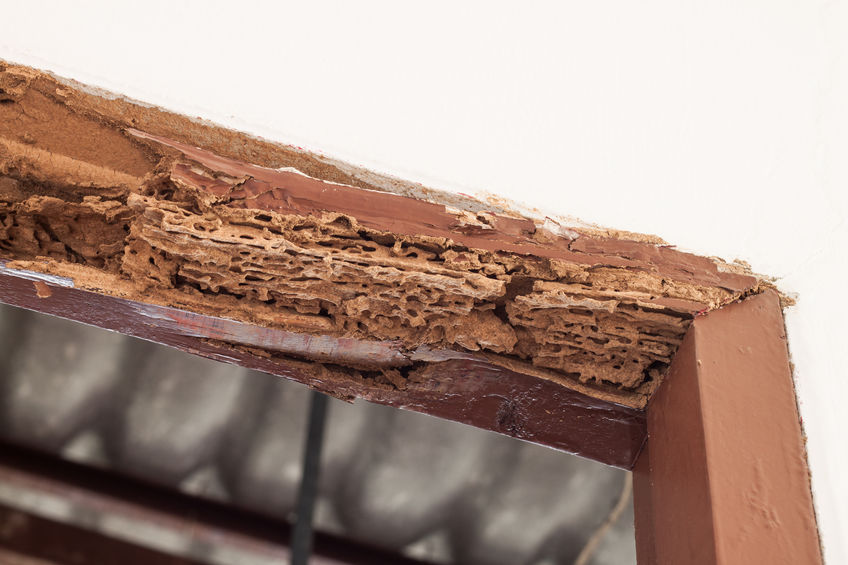Subterranean termites inflict more destruction to timber-framed homes and buildings worldwide than any other insect pest, and the annual cost of termite property damage in the US exceeds that of hurricanes, tornadoes, windstorms and fires combined. At least one subterranean termite pest species can be found in all states within the contiguous US, and a recent nationwide survey revealed that 38 percent of homeowners in the country worry about the possibility of falling victim to a termite infestation. The most economically costly subterranean termite pest in the country is commonly known as the eastern subterranean termite (Reticulitermes flavipes), and as its name suggests, this species inhabits all eastern states, as well as several states west of the Mississippi River. Subterranean termite infestation rates are relatively high within and around the Boston area where all residential homes should be inspected for wood-destroying insect pests once annually by a licensed pest management professional.
Subterranean termites live in colonies below the ground, and although termites are destructive and widely hated pests, they are ecologically essential, as they break down dead plant matter and enhance soil fertility in forest ecosystems. Eastern subterranean termite colonies grow to contain between 20,000 and three million individuals, but colony population numbers vary depending on climatic conditions and moisture content in soil. The queen and king remain within the founding nest at all times, but workers constantly seek food sources away from the nest while accompanied by soldiers that provide protection from predators.
Up until somewhat recently, entomologists believed that subterranean termite workers foraged by tunneling through soil in random directions, but it is now understood that foraging workers radiate away from their home nest in a pattern that resembles the spokes on a bicycle wheel. However, workers cannot travel outside of moisture gradients in soil, as subterranean termites must maintain constant contact with soil that has a relative humidity level near 100 percent in order to avoid the lethal effects of desiccation. Because of their dependence on high humidity conditions, workers can only infest structural wood that is moist, and in most cases, decayed. In order for workers to survive within infested wood for more than six months without ground contact, the infested wood must have a moisture content of at least 30 percent. However, structural wood with at least 15 percent moisture content can still be attacked provided that workers maintain mud tubes that allow them to readily return to their moist soil habitat to hydrate as needed. The vast majority of subterranean termite infestations see workers maintain mud tubes, and infestations that are completely cut off from ground contact are exceedingly rare.
Have you ever measured the moisture content of structural wood members in your home?

